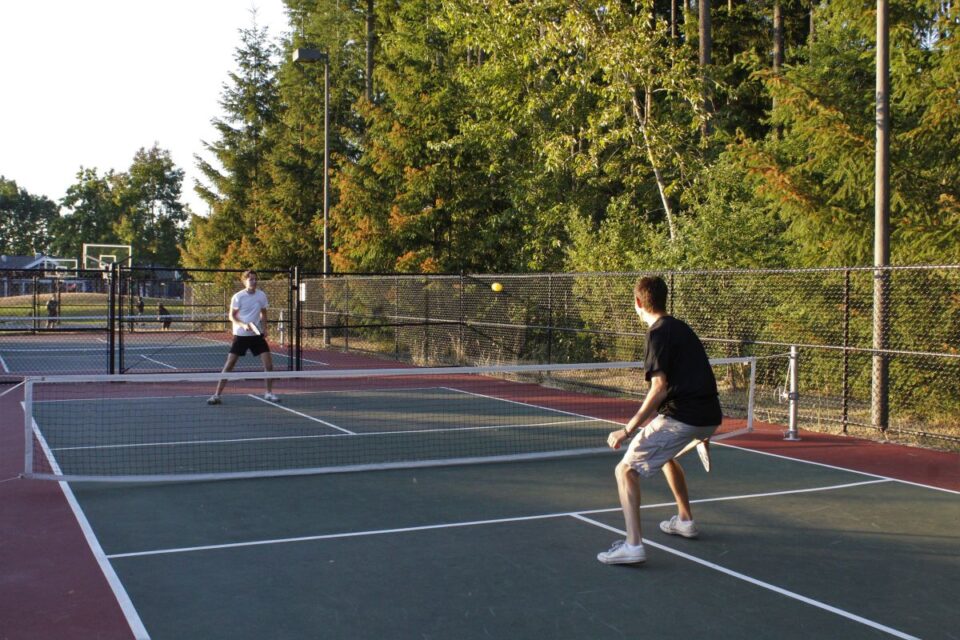Welcome to the exciting world of pickleball! This high-paced yet fun-filled game allows individuals to indulge their love for racket sports. But one must understand the importance of court positioning to stand out on the pickleball court.
It’s not just about the pickleball court cost, but mastering where to stand and when to move can significantly improve your game strategy and performance. So, get ready as we delve deeper into the nuances of playing smart pickleball.
Brief Overview of Pickleball
Pickleball is an amalgamation of tennis, badminton, and ping-pong, growing in popularity among the young and elderly. The game is usually played on a small court, making court positioning significant. The cost to build a pickleball court is comparatively less, but understanding the court and strategic positioning can give players an edge.
Understanding Court Positioning
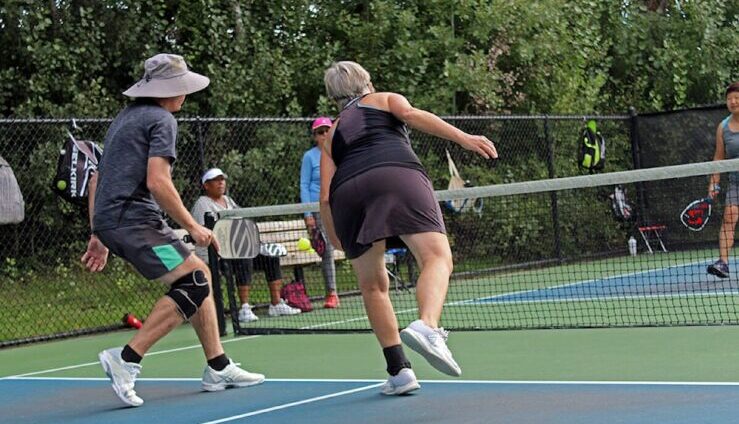
Understanding court positioning in pickleball is crucial for strategizing and winning the game. While the basics may involve where to stand and when to move, it goes way beyond that. It’s about maximizing space and minimizing vulnerability — a kind of chess on the court!
As a player, you need to be aware of your position in relation to the ball, your opponents, and your partner. Move too far, and you open up spaces for your opponents. Stand too close, and you lose the ability to react fast. Of course, the “ideal” position changes throughout the game, depending on whether you’re serving, receiving, playing offense, or defense.
So, your optimizing court position is a dynamic and continuous process. And here’s a pro tip — a good court position doesn’t necessarily have to increase the pickleball court cost! It’s more about smart playing than physical boundaries.
Significance of Court Positioning in Pickleball
Proper court positioning in pickleball significantly impacts how successfully a player handles an opponent. It offers a strategic advantage, helping to optimize shots and reduce the likelihood of errors.
Moreover, appropriate court positioning allows a player to cover more area with less movement, thus saving energy. Ultimately, this mastery of correct placement on the court can lead to dominating the game.
How Positioning Impacts Game Strategy
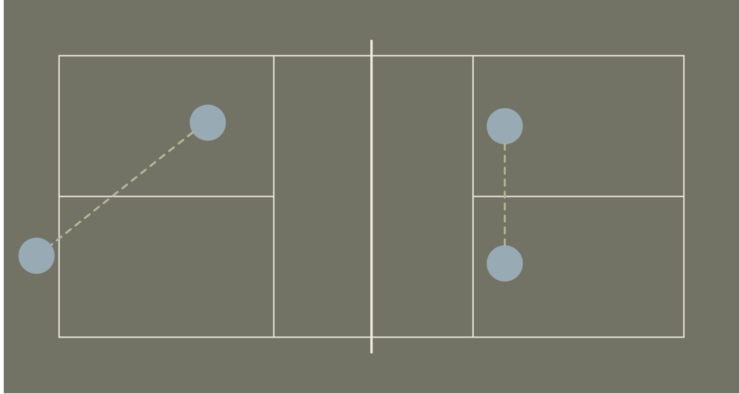
Your positioning on the pickleball court can significantly impact your game strategy. If you’re in the right spot, you can easily control the play and respond more effectively to your opponent’s shots. Conversely, poor positioning can leave you vulnerable and limit your options. It’s crucial to plan your moves and aim for that winning shot.
Fundamental Rules of Court Positioning in Pickleball
Understanding the fundamental rules of court positioning in pickleball is crucial. Firstly, you should always aim to keep control of the center of the court. Dominating this area gives you a broader reach and minimizes your opponent’s scoring chances.
Remember to maintain a depth positioning, standing close to the baseline when defending and moving forward when attacking. Lastly, always use the diagonal pattern while serving. It helps to distribute the game area and makes it more challenging for the opponent.
Positioning During Serving
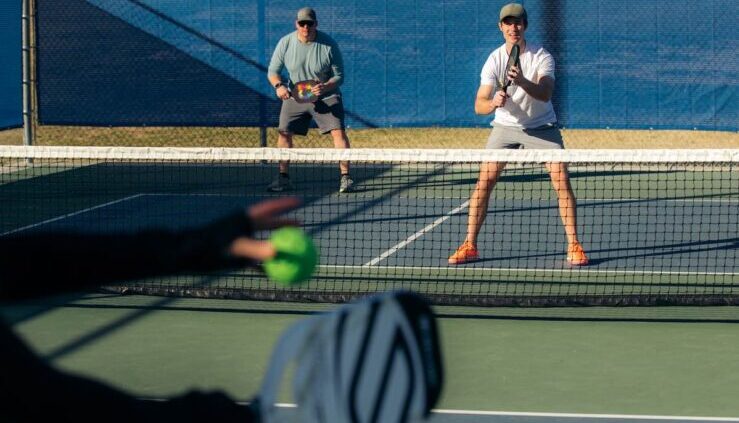
When serving in pickleball, your position is crucial. Ideally, the server should be positioned at the baseline of the court. The serve must be underhand and land diagonally in the opposite service box.
The correct positioning ensures the serve is accurate and within guidelines, minimizing errors due to service faults. It demonstrates how proper positioning can strategically affect the game.
Positioning During Receiving
When receiving in pickleball, positioning is crucial. Stand towards the back of the court, within reach of the baseline, ensuring you’re ready for long and short shots. Maintain equal distance from your partner to cover the court effectively.
Remember, after returning the ball, move towards the net to gain control of the point. Positioning anticipation can drastically cut the pickleball court cost–the opponent’s potential points.
Positioning for Offense and Defense in the Game
Positioning for offense and defense in pickleball is impacted by various factors. Being on offense requires moving toward the net, allowing for better control and various shots.
Defensive play involves keeping to the baseline, making it harder for opponents to target empty spots. Consider that pickleball court costs might also impact the player’s positioning and strategy for both roles.
Common Mistakes in Positioning
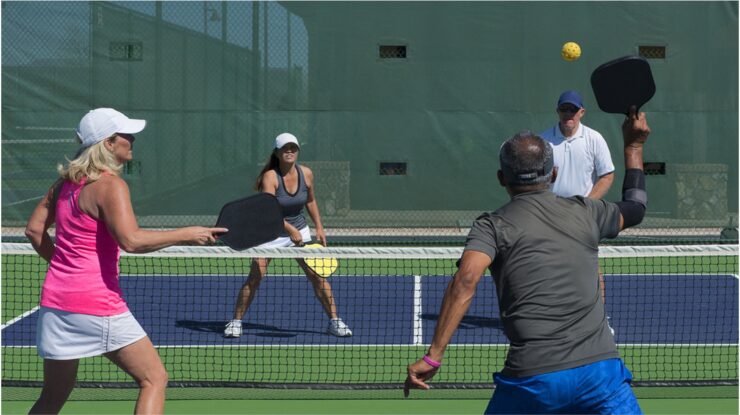
While playing pickleball, many players make common positioning mistakes. They tend to misjudge the ball’s position, stand too close or far from the net, and lack ef
ficient movement on the court. Such errors can significantly hamper players’ performance and increase the pickleball court cost of lost points and matches.
Recognizing and avoiding such blunders forms a significant part of enhancing your game strategy. This doesn’t involve just physical positioning but also strategic movements to align with the ball’s trajectory. So, remain vigilant of these prevalent errors and strive for effective court positioning to excel in this fast-paced game.
Misjudging the Ball’s Position
Misjudging the ball’s position is a commonly seen pickleball error. The impact of this mistake goes beyond missing your shot; it can disturb the entire game strategy. Accomplish mastering positioning skills by always keeping an eye on the ball, thus ensuring accurate responses to its movement.
Standing Too Close or Too Far From the Net
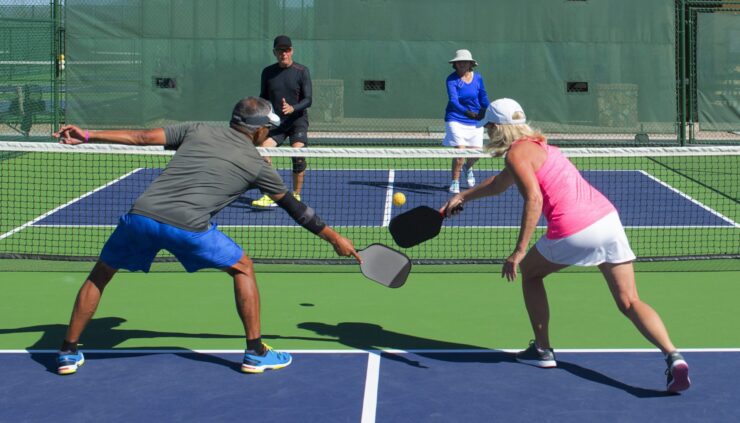
Always be wary of your distance from the net in pickleball. Standing too close might leave you vulnerable to lob shots and limit your range. On the other hand, standing too far can give your opponents easy shot opportunities. Perfecting your distance from the net enhances your defensive and offensive skills, thereby maximizing your gameplay.
Necessary Corrections for Common Mistakes
Correcting common mistakes in court positioning covers everything from adjusting your distance from the net to accurately judging the ball’s position to modifying offensive and defensive plays. Taking the time to fix these errors helps hone skills and optimize your pickleball court cost.
Practicing Proper Positioning
Improving court positioning in pickleball requires dedicated practice. Regular exercises designed to target positioning, like shadow drills, can enhance your performance significantly. Additionally, remember the angle of play and the specific location of your opponents, as this affects court position.
Don’t disregard your pickleball court cost; investing in a quality court enhances your practice. Through consistent training, you gain the instinct to be in the right place at the right time in the game.
Regular Practice Games and Drills
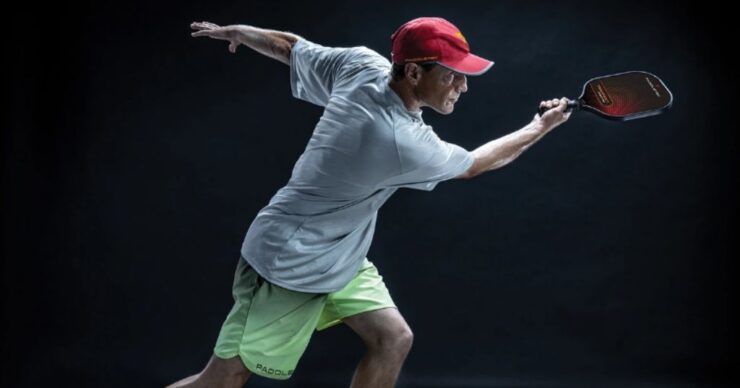
Regular practice drills and games are vital for mastering court positioning in pickleball. They allow players to implement strategies learned and correct common mistakes in a controlled environment.
Moreover, drills can help you understand the court cost, helping to improve decision-making skills during matches. Remember, practice makes perfect, especially in sports like pickleball.
Learning From Experienced Players and Coaches
Learning from experienced players and coaches can be incredibly valuable as you improve your court positioning in pickleball.
They can share insights based on their experiences and strategic knowledge, which can help augment your game strategy. You can also glean insights into how they handle different scenarios on the court, further aiding in reducing your pickleball court cost in terms of mistakes.
Conclusion
In conclusion, mastering court positioning can significantly improve your pickleball game. It helps strategize, reduce common errors, and possibly save pickleball court costs in the long run.
Regular practice, learning from experienced ones, and understanding the significance of positioning are essential. Remember, it’s not always the most powerful players who win but those with optimal positioning.
Have you ever considered playing pickleball but are unsure if will it fit you because of your age? Worry no more. Our guide will teach you how to enjoy pickleball no matter your age. So, what are you waiting for? Read on to find out.

